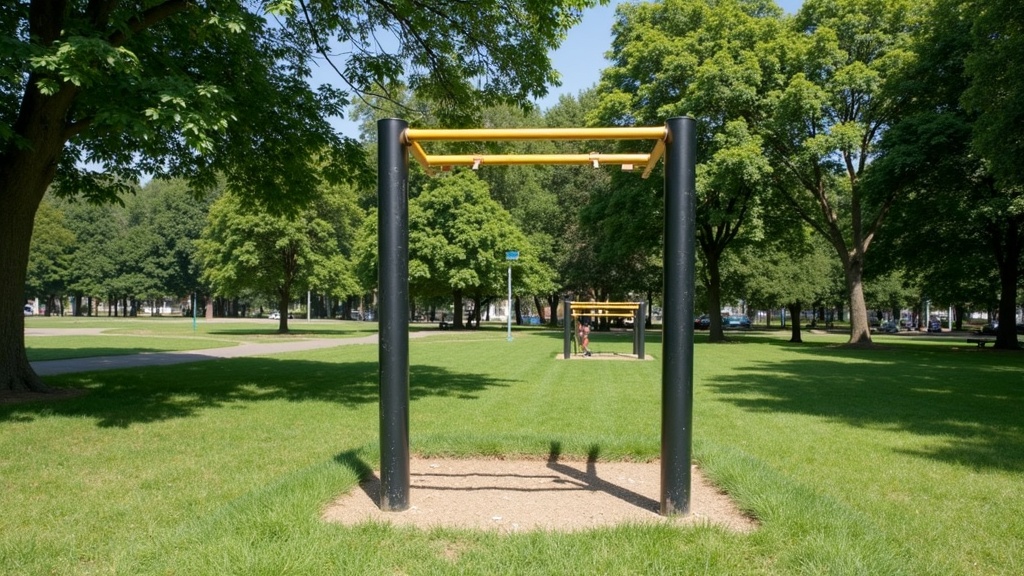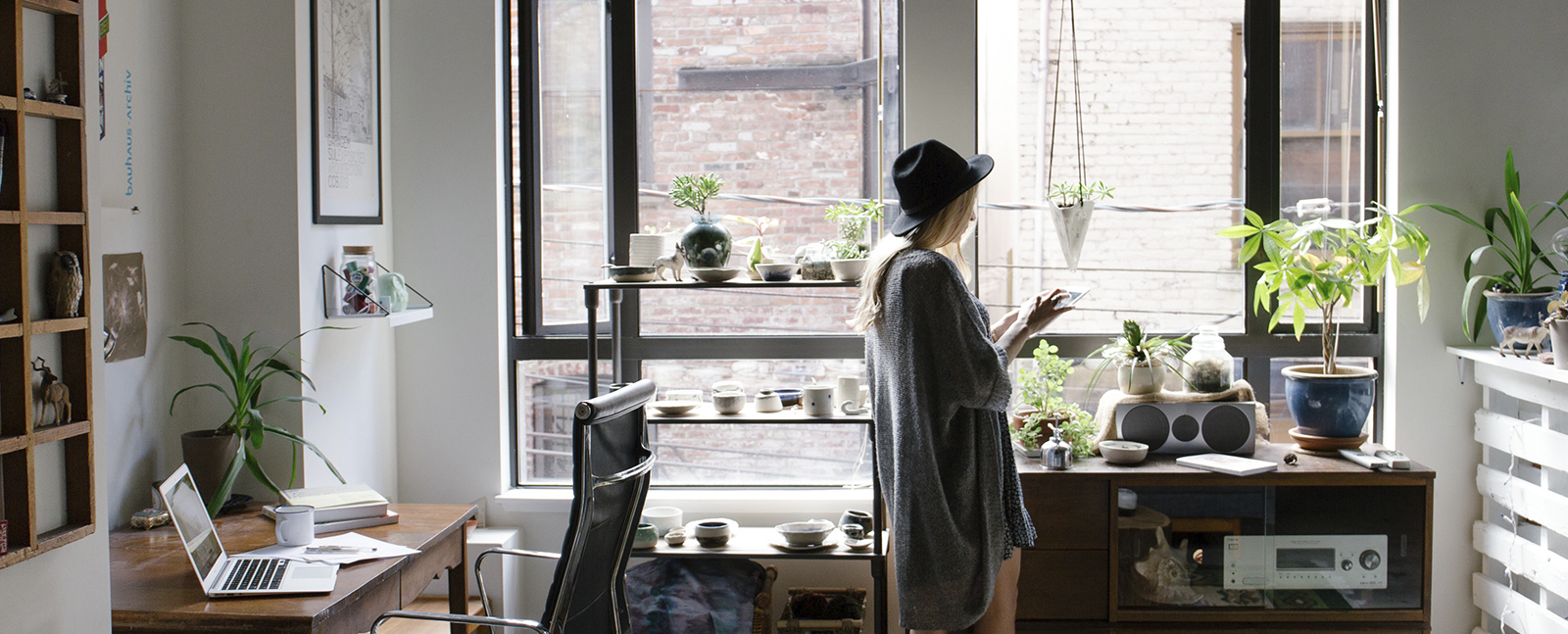Jumping into calisthenics as a beginner can feel both exciting and intimidating. When I first started, I had questions about where to begin, how to train safely, and what I actually needed to get results. You don’t have to be super fit or have fancy equipment. Calisthenics is all about using your own bodyweight, and it’s accessible whether you work out at home, outside, or at the gym. In this guide, I’ll walk through what you should know before starting, the basics of getting set up, and tips to help you progress confidently without feeling lost.

What Makes Calisthenics a Great Choice for Beginners?
Calisthenics has seen a big jump in popularity across the world, especially over the last decade. People like it because you don’t need much gear, it can be done almost anywhere, and it’s easy to scale movements to your current ability level. You’ll use your own bodyweight for resistance, which means you become aware of how your body moves and develops strength, control, and mobility at the same time. Calisthenics is a nice blend of strength, endurance, and even a bit of skill development as you progress into new moves.
I started out with calisthenics as a way to build a reliable workout habit. The freedom to train without needing tons of space or equipment made it practical for busy days. Over time, I found it helped me with posture, made me stronger in everyday activities, and also boosted my confidence in movement itself. Calisthenics can offer real benefits for all ages, and you can take things at your own pace. Being able to exercise at home meant that even on the busiest days, I could squeeze in a quick session—and every little bit helped me feel more accomplished.
Getting Started With Calisthenics Basics
Understanding the basics helps a lot when you’re new to calisthenics. Before worrying about advanced skills or flashy exercises, you want to build a solid foundation. I recommend learning the main movements that work the biggest muscle groups. Here are some common exercises you’ll see in beginner routines:
- Push-Ups: Great for working your chest, shoulders, and arms. Start with incline pushups or knee pushups if standard ones feel too tough.
- Squats: Train your legs and glutes. Bodyweight squats help build strong lower body muscles and good mobility.
- Pull-Ups or Rows: These target your back and arms. If you can’t do a pullup yet, try bodyweight rows with a sturdy table or low bar.
- Planks: Core strength is super important. Planks help build stability and balance.
- Leg Raises or Knee Raises: These work your lower abdominals and hip flexors.
As a beginner, focusing on form and quality over the number of reps keeps you injury-free and helps you get stronger. There’s no need to rush. Small improvements really add up over time. Remember, just a handful of well-done pushups can do more for your progress than churning out dozens with bad form.
Simple Equipment to Get You Going
You don’t need much to get started with calisthenics. I started in my living room, using just the floor for pushups, squats, and planks. However, adding a few basic items can expand your workout options:
- Pull-Up Bar: This is likely the most useful piece of equipment for beginners. You can set it up in a doorway or use a park bar outside, turning any space into your personal gym space.
- Sturdy Table or Horizontal Bar: Helpful for bodyweight rows and leg raises if you don’t have a pullup bar yet.
- Yoga Mat or Exercise Mat: More comfortable for floor exercises and planks, making sessions easier on your joints.
Many parks have public calisthenics equipment these days, giving you lots of chances to train for free. If you stumble upon a park or playground nearby, it’s a great way to mix things up and keep your routines from getting stale. Being outdoors also brings mental health benefits and can make workouts more enjoyable.
Step-by-Step: How To Build Your First Calisthenics Routine
Getting organized with your workouts was one of the things that helped me stay motivated at the beginning. A basic, repeatable routine lets you track progress and develop confidence. Here’s a simple way to structure a beginner session:
- Warm Up (5-10 minutes): Do jumping jacks, arm circles, air squats, or gentle jogging to raise your heart rate and get your body ready.
- Workout: Pick 4-5 basic exercises. For each, try 2-3 sets of 8–12 reps, resting 30–90 seconds between sets. For example:
• Pushups
• Bodyweight squats
• Bodyweight rows or pullups
• Plank (hold for 20–40 seconds)
• Leg raises or knee raises - Cool Down (5–10 minutes): Stretch your main muscle groups. Focus on legs, arms, and back. This helps with recovery and keeps you flexible.
Workouts like this can be done two or three times a week. If you’re new, give your body a day of rest between sessions so you don’t get too sore or overwhelmed. Consistency beats intensity when you’re just starting out. It’s more important to get in regular sessions than to push yourself to the max right away.
What Should I Watch Out for as a Beginner?
Every new skill has its challenges. When I first started, I made a bunch of small mistakes, plowing through poorly performed pushups or rushing reps, but I learned from them. Here are common things to be aware of as you’re beginning calisthenics:
- Form Matters: It’s really important to pay attention to good form. Quality beats quantity every time. Practicing in front of a mirror or recording yourself helps spot mistakes you might not feel as you’re moving.
- Listen to Your Body: Some soreness is normal, but sharp pain is a warning. Rest and gentle stretching help keep you healthy; ignoring pains can set you back more than you think. Remember, recovery is just as key as the workouts themselves.
- Set Realistic Goals: It’s easy to get impatient. Focus on what you can do now and build on it. Progress comes through steady effort, so celebrate every milestone.
- Diet and Recovery: Eating a balanced diet and getting enough sleep support your strength and recovery. Even with bodyweight training, nutrition is key. Hydrating well can also make a noticeable difference in your performance.
- Regular Check-Ins: Track your workouts in a notebook or app. This lets you notice improvement and stay motivated. Even jotting down how you feel after workouts helps you see patterns and tweak your routine over time.
Recognizing and Adjusting to Plateaus
Most people hit a plateau after a few weeks or months when things seem to stall. I’ve found that mixing up repetitions or trying variations of the basics can help you break through. For example, you might move from knee pushups to incline pushups when you need a new challenge, or try pausing halfway through a squat to build strength.
Overcoming Exercise Barriers
It’s normal to face days where motivation dips. Training with a friend, trying outdoor workouts, or following online videos can keep things fresh. Whenever I felt stuck, I’d revisit my long-term reasons for training and remind myself how far I’d come already, even with small progress. Creating a playlist of favorite songs can also put you in the right mood for a quick session.
Calisthenics Beyond the Basics
Once you feel solid with the main movements, you’ll probably get curious about what comes next. You can start learning more advanced skills like dips, chinups, and even progressions toward moves like handstands or muscleups. Advanced exercises take patience and preparation, so approach them like you did with the basics: steady, step by step.
Adding variations to core exercises is a great way to keep improving. For example, experiment with close grip pushups, Bulgarian split squats, or hanging leg raises. These tweaks target your muscles in new ways and keep your training interesting. Trying new moves can also help you break the routine if you start feeling bored or unmotivated.
Real-Life Examples and Tips From My Experience
When I started, pullups felt out of reach for weeks. I used bodyweight rows and negative pullups (jumping up, then slowly lowering myself down) until I built enough strength. This strategy worked and made reaching my first pullup feel pretty satisfying. Progression in calisthenics can look slow at times, but the small steps add up.
It’s also helpful to look at how others use calisthenics. Athletes, gymnasts, and everyday people use it for building muscle, improving coordination, and even supporting sports performance. Many people recovering from injuries use bodyweight training to rebuild strength safely. There’s plenty of inspiration out there, and you’ll find tons of creative routines online. Social media communities and forums provide new workout ideas, encouragement, and a place to share your achievements.
- Home Workouts: Many people start in their living rooms, focusing on space efficient moves that don’t require fancy tools.
- Outdoor Training: Parks and playgrounds offer natural places for variety, fresh air, and an energy boost from just being outside.
- Combination With Other Training: Calisthenics pairs well with running, cycling, or sports for wellrounded fitness and works as a great warmup or cool down for other routines.
Frequently Asked Questions
Here are answers to some of the questions I hear most about starting calisthenics:
Question: I can’t do a pushup or pullup yet—where should I begin?
Answer: Begin with easier variations. Knee pushups, incline pushups, or negative pullups work great for building strength until you can do the full version.
Question: How do I stay motivated in the early stages?
Answer: Setting small, weekly goals and tracking your progress really helps. Celebrate improvements, even if they seem minor. Training with a friend or joining an online group can also provide support. Even posting your progress on social media or keeping a workout journal can help keep you accountable.
Question: Will I need special equipment as I improve?
Answer: For most people, a pullup bar and a mat are more than enough to start. Down the line, you might add resistance bands or gymnastic rings, but you can make plenty of progress with minimal gear. Don’t let lack of equipment stop you—most moves can be adjusted for your environment.
Getting Started With Calisthenics—One Step at a Time
Beginning your calisthenics adventure is all about starting with the basics, staying consistent, and adjusting as you go. Each step forward helps you get stronger, more mobile, and more confident. Find a space you feel comfortable in and begin with a routine that fits your ability. The progress you make won’t always be fast, but every session you complete builds a foundation for new challenges in the future. Wherever you are in your fitness adventure, calisthenics offers a simple way to build strength and enjoy movement, and there’s no need for expensive setups or complicated gear. Time to get moving, one rep at a time!
